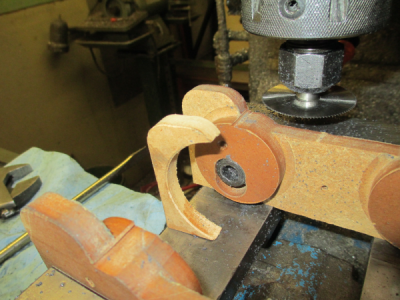- Joined
- Jul 20, 2014
- Messages
- 1,386
I would like to learn to correctly cut slits and slots, down to 1/32", (width of slots (.794") in steel to make bushings, sleeves,
etc... Like the slits that you see on R8 collets, grinder collets, reducing sleeves, etc...?
What type of tooling is used to make this fine straight cuts?
etc... Like the slits that you see on R8 collets, grinder collets, reducing sleeves, etc...?
What type of tooling is used to make this fine straight cuts?
Last edited:

